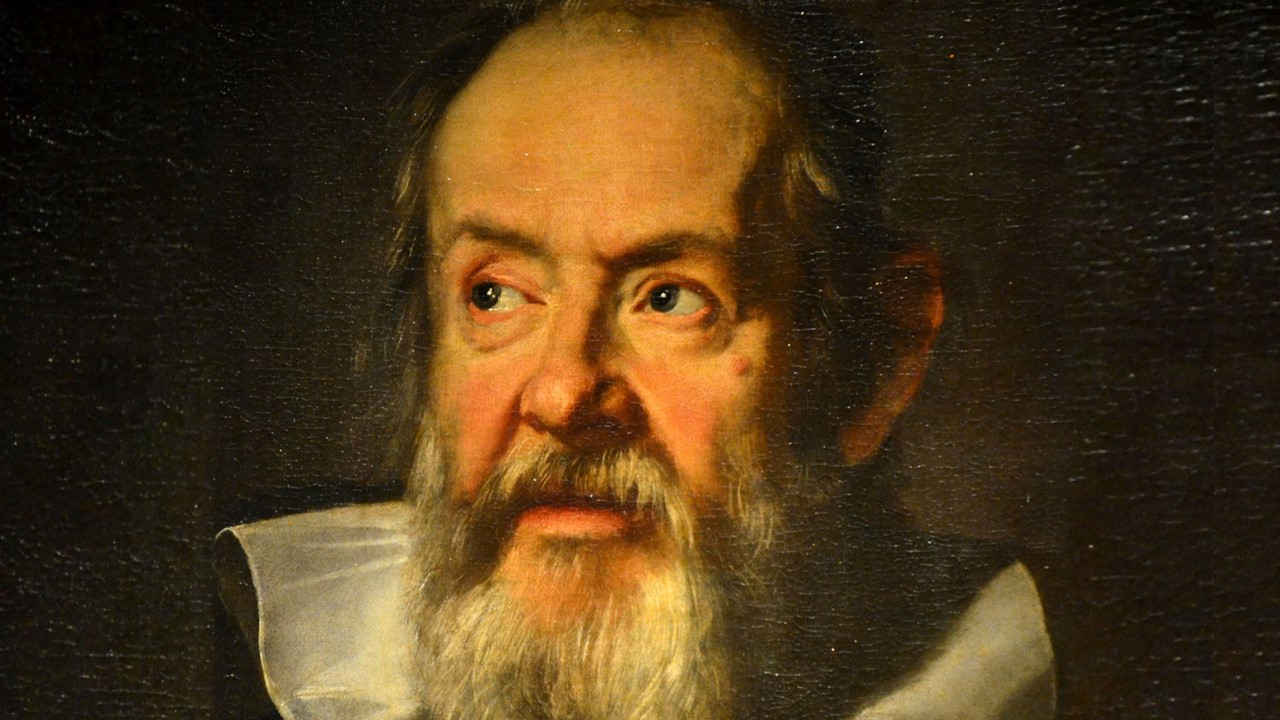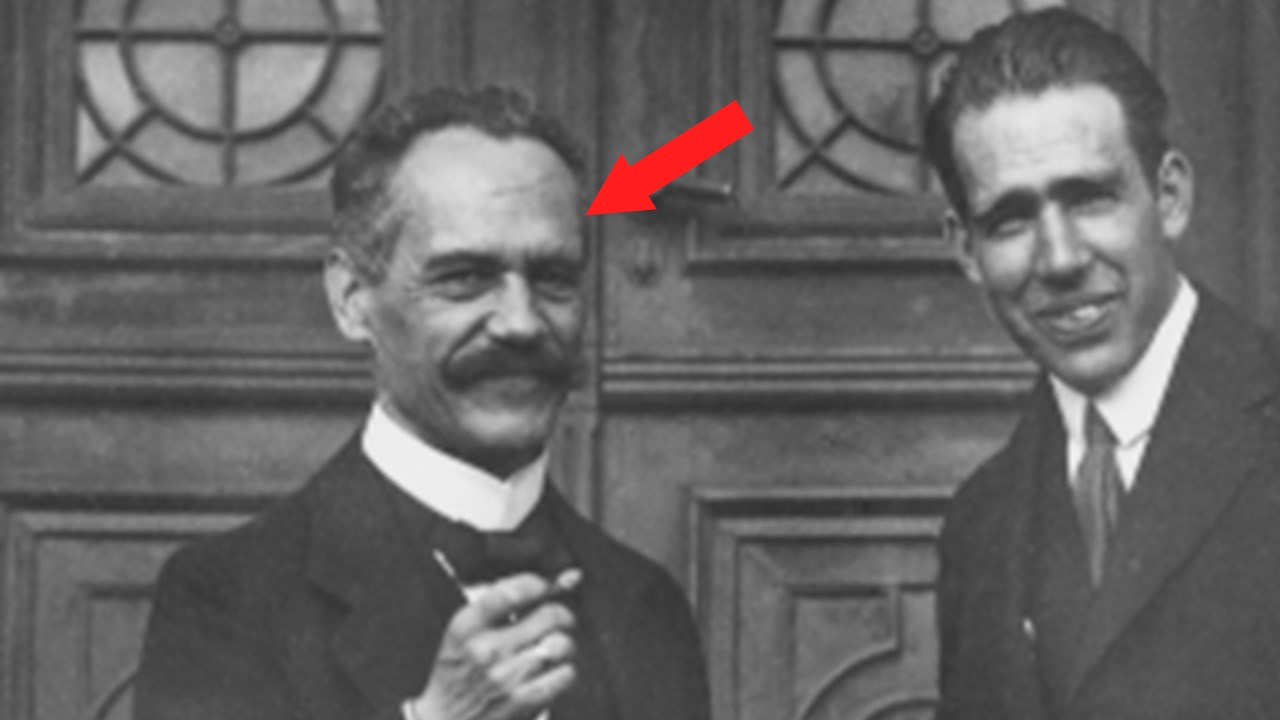
Marie and Pierre
The two were among the greatest scientists of the 20th century and married on 26 July, 1895. For their honeymoon, Pierre and Marie took a bicycle tour around the French countryside.
In Pierre, Marie had found a caring and a brilliant lab partner. In Marie, Pierre discovered the love of his life. And together, they went on to win the Nobel Prize, in 1903. Marie went on to win another in 1911.
In Pierre, Marie had found a caring and a brilliant lab partner. In Marie, Pierre discovered the love of his life. And together, they went on to win the Nobel Prize, in 1903. Marie went on to win another in 1911.
Richard and Arline
Richard Feynman was instantly smitten by Arline Greenbaum. He wrote about their journey in the autobiographical book, What do you care what other people think? which was adapted into a 1996 movie.
Despite being from two separate worlds, Arline and Richard were united by the threads of love. Although they weren't meant to be forever, as Arline was struck by tuberculosis, their love became an example for everyone.
Despite being from two separate worlds, Arline and Richard were united by the threads of love. Although they weren't meant to be forever, as Arline was struck by tuberculosis, their love became an example for everyone.
Carl and Ann
Ann Druyan co-wrote the TV show Cosmos with Carl Sagan, whom she married in 1981. They also went on to collaborate on other projects, like the 1997 film Contact.
It was as if Carl was creatively lost when Ann Druyan entered his life, before and during the filming of Cosmos. Together they were an unstoppable creative force, a proof that true love brings the best out of you.
It was as if Carl was creatively lost when Ann Druyan entered his life, before and during the filming of Cosmos. Together they were an unstoppable creative force, a proof that true love brings the best out of you.

Stephen and Jane
Stephen and Jane tied the knot in 1965, two years after Hawking was diagnosed with motor neuron disease, that would eventually paralyse him completely. They had 3 children together - Robert, Lucy and Timothy.
When Stephen was in need, Jane was always there beside him, like a rock solid support. Stephen and Jane's story proves that true love need not fear what life has to throw at you.
When Stephen was in need, Jane was always there beside him, like a rock solid support. Stephen and Jane's story proves that true love need not fear what life has to throw at you.
Paul and Margit
Dirac married Margit Wigner, sister of physicist Eugene Wigner and a divorcee, in 1937. He was 35 years old when he took the decision against existing societal norms.
All his life Dirac waited to share his deepest thoughts and feelings with someone he could trust and admire. Paul and Margit happened to meet, although by chance but their chemistry like a classical love story it transpired.
All his life Dirac waited to share his deepest thoughts and feelings with someone he could trust and admire. Paul and Margit happened to meet, although by chance but their chemistry like a classical love story it transpired.



















 Physics, astronomy and science history blog for students
Physics, astronomy and science history blog for students